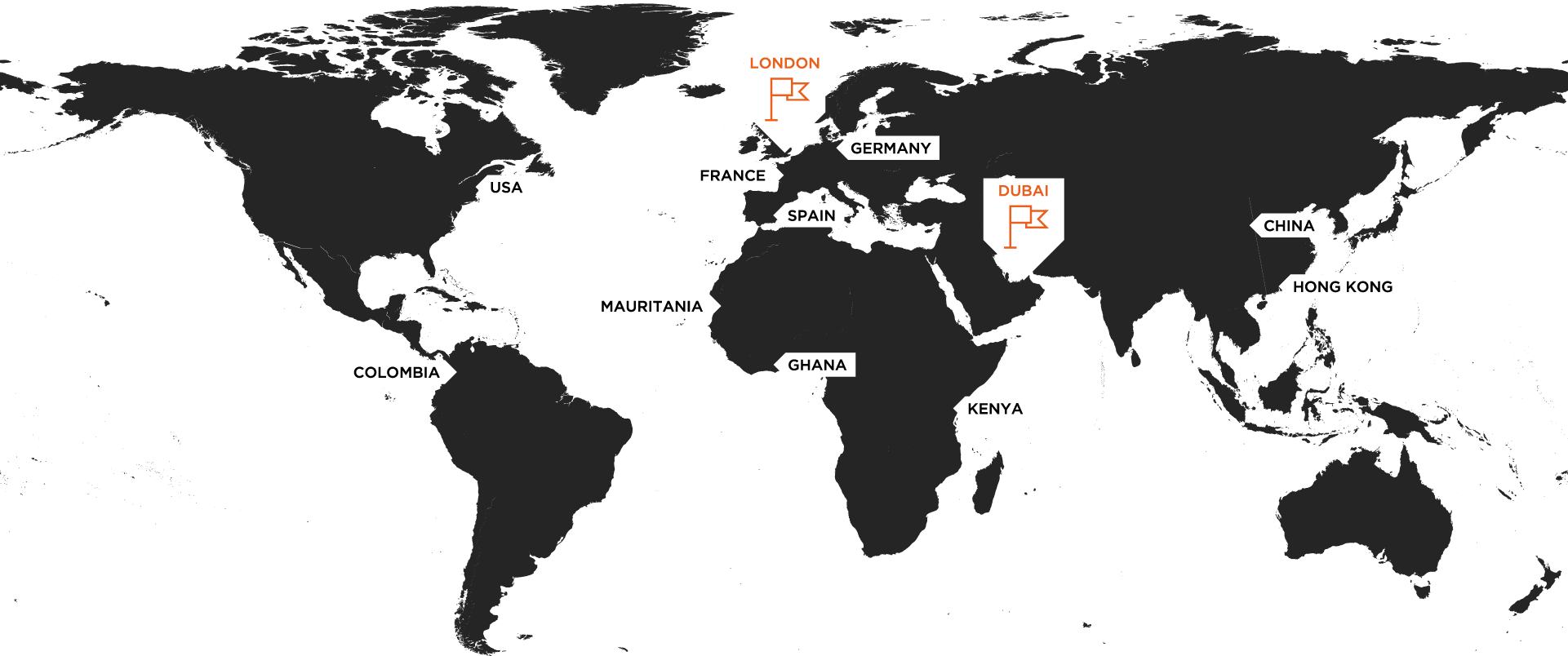Disclosure Pilot Scheme: Model E Disclosure
Download this article
Under the Disclosure Pilot Scheme, there is no automatic right to extended disclosure and, as highlighted in the recent decision in Kelly and another v Baker and another [2021] EWHC 964 (Comm), no guarantee that the model of extended disclosure being sought will be endorsed by the court, especially when it comes to Model E disclosure.
The Disclosure Pilot, which is governed by Practice Direction 51U (PD 51U), makes it clear that the court will only grant extended disclosure where it is reasonable and proportionate to do so, having regard to the overriding objective of the Civil Procedure Rules, which is to deal with cases justly and at proportionate cost. When making its decision for extended disclosure, the court will consider the following factors (as set out in para. 6.4 of PD 51U):
1. The nature and complexity of the issues.
2. The importance of the case.
3. The likelihood of documents existing having a probative value in supporting or undermining a party's position.
4. The ease and expense of searching for and retrieval of any particular document.
5. The financial position of each party.
6. The need to ensure the case is dealt with expeditiously, fairly and at a proportionate cost.
With these factors in mind, and with reference to the list of issues for disclosure, parties have a choice of five models of extended disclosure to pick from (Models A to E), each more in depth than the last.
Model E Disclosure
Model E provides for a wide search-based disclosure. It includes a search for documents which may lead to a train of inquiry, which may then result in the identification of other documents for disclosure.
It is expressly stated in PD 51U that Model E is only to be ordered in an exceptional case (see, para. 8 of PD 51U). This wording reflects the origins of this form of disclosure, which goes back to the 1882 Peruvian Guano case and the "train of inquiry" type disclosure.
Following several important decisions, there has been a long held understanding that such disclosure will only be ordered in cases which are of high value, of particular importance and dealing with allegations of dishonesty and fraud. However, the decision in Kelly v Baker demonstrates that something more is needed to convince the court of the need for what is, arguably, the most onerous form of disclosure to be given.
In Kelly v Baker, the claimants submitted that the defendants should provide Model E disclosure. The claimants relied on the fact that this is a case involving allegations of fraud, the value of the case is high (this being a multi-£million dispute), the data to be searched is confined to a single dataset and the financial position of the parties is not a barrier to such an order being made.
The defendants argued that Model D (without narrative documents – for further information on narrative documents see, Disclosure Pilot Scheme: What are narrative documents?) would be appropriate. The court agreed with the defendant but in doing so gave useful guidance on the approach to take when seeking an order for Model E disclosure.
What should parties consider when seeking Model E disclosure?
When seeking an order for Model E disclosure, the obvious starting point may be to consider what makes the case in hand exceptional. However, whilst this is clearly important, the decision in Kelly v Baker demonstrates that what the court wants from a party seeking Model E disclosure is greater detail as to the nature of the inquiry envisaged and a clear link to one or more of the issues for disclosure.
It is not enough to give reasons as to why the case is exceptional but, with reference to the nature of the inquiry, to simply suggest, for example, that if a telephone call is referred to a search can then be made for a minute or note of the call. This sort of explanation lacks clarity and specificity meaning the inquiry has the potential to be far-reaching. In essence, this would amount to a "fishing expedition" to see whether anything noteworthy turns up, something the courts are not prepared to endorse.
Instead, when seeking Model E, parties should focus their attention on an identifiable category or class of document, linking the inquiry to one or more of the issues for disclosure.
Accordingly, the parities should have an appropriately clear idea as to what documents are likely to fall within the scope of the inquiry, to what specific issues the relevant documents to be searched on an enhanced basis relate and what the relevant trains of inquiry might be – this further guidance was provided in the earlier decision of State of Qatar v Banque Havilland SA [2020] EWHC 1248.
If a party is unable to provide an answer to these additional points, they should not expect the court to grant their request for Model E disclosure.
Johnny Shearman is a Special Contributor for London Legal.
This information is provided for general purposes only and does not constitute legal advice.
Photo by Luke Stackpoole on Unsplash


